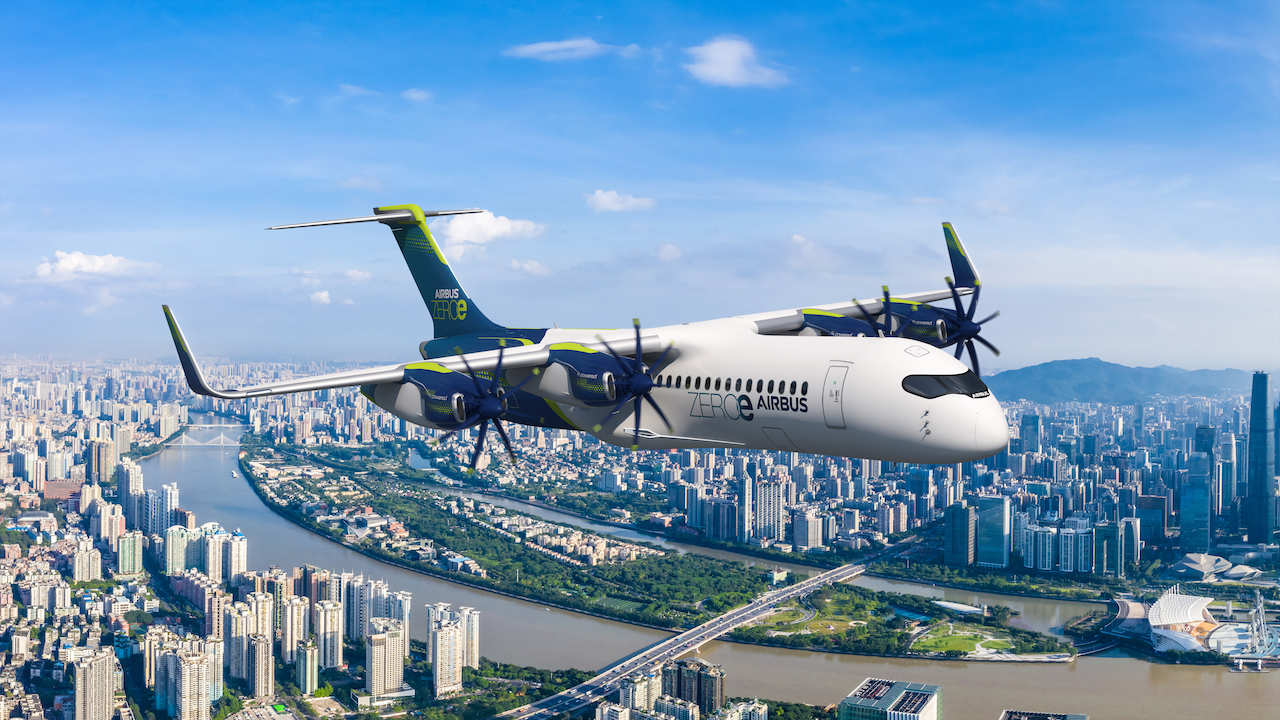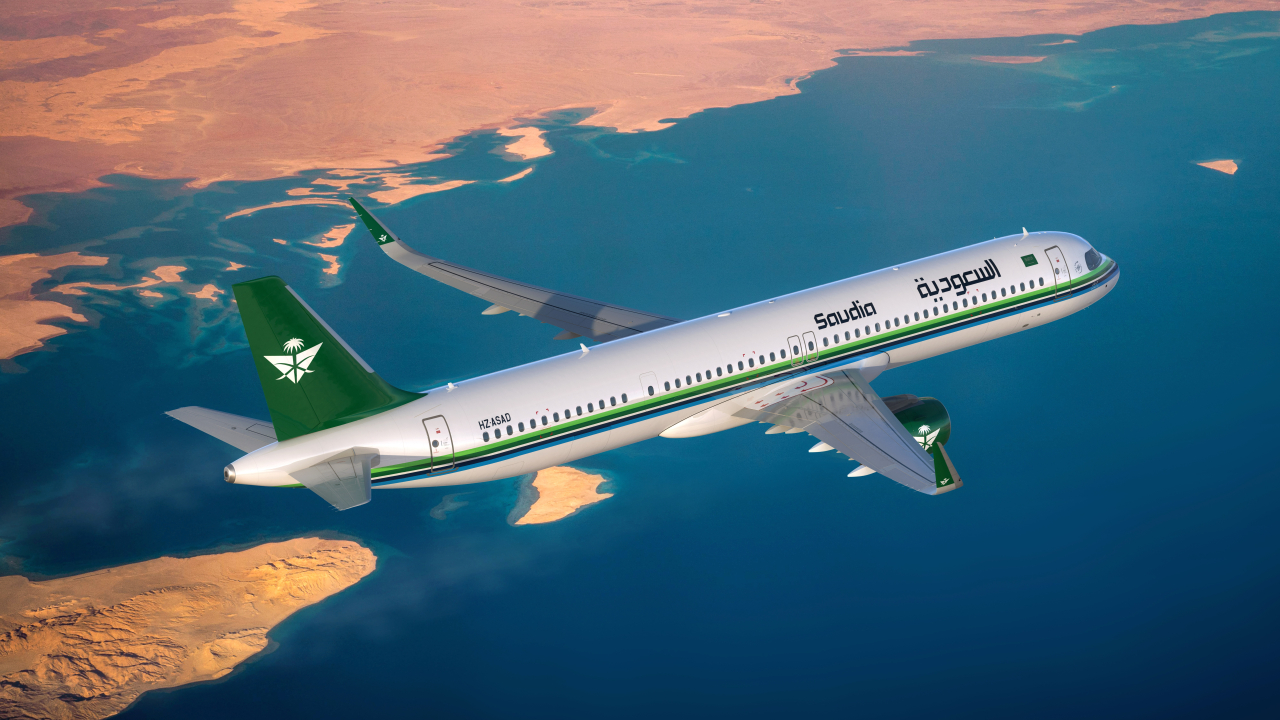Airbus hopeful hydrogen's time will come
Airbus chief executive, Guillaume Faury, remains convinced of the potential for hydrogen-powered aircraft despite the manufacturer pushing back its aspirations to develop such an aircraft in time for a 2035 entry into service, reports Graham Dunn.

ZERO OPTION: The ZEROe fully electric hydrogen-powered four pod aircraft ZeroE Turboprop. IMAGE: Airbus
Under Faury the airframer has championed hydrogen to power a future zero-emissions aircraft, unveiling its ZEROe concept of hydrogen-powered aircraft in 2020.
Speaking during the Airbus Summit in Toulouse in March, Faury said that while satisfied it can develop and manufacture a commercial hydrogen-powered aircraft, the ecosystem to support hydrogen operations means the business case is not ready.
“We continue to believe in hydrogen,” Faury said. “We are absolutely convinced that this is an energy for the future for aviation. But there is just more work to be done.
“We have concluded positively on the feasibility of a commercial airliner powered by hydrogen. But we have come to the conclusion as well, that with today’s conditions that it would not be a competitive aircraft compared with other forms of fuel.”
He also said more work is needed on the regulatory framework to support certification.
“To some extent we have come to the conclusion that we would be wrong to be right too early,” he added. “The time is not right.”
Airbus has not given a specific timeframe for when it believes the ZEROe could enter service, but executives cite a five-to-10 year lag in the development of the hydrogen ecosystem, including in terms of pricing and scale.
Airbus head of the ZEROe project, Glenn Llewellyn explained: “What we have seen for sure is the ecosystem and hydrogen economy hasn’t developed as fast as we would like and we are going to use that time to develop the technology further, increase the performance, and in some cases, increase the scalability. That means improving efficiency and weight.”
The manufacturer has outlined an updated vision of the ZEROe concept, a single aircraft featuring four rather than the six engines originally envisaged, seating around 100 passengers and which will be powered using hydrogen fuel-cell technology. The latter decision enables Airbus to offer a fully-electric aircraft, meaning it would not emit either CO2 or NOX – another key part of Airbus’ sustainability strategy.
“For decades the aviation industry has pursued the ultimate goal, an aircraft that flies with no emissions,” said Llewellyn.
“With fuel cells, we believe we have found the right technology to turn this ambition into reality.”
Next-generation single aisle
While its hopes for zero-emission aircraft have been pushed back, Airbus is separately focusing on delivering a next-generation single-aisle in the second half of the next decade that would offer a 20-30 per cent improvement in fuel efficiency.
“What will drive the next generation of single-aisle is speed of technologies,” explained Airbus head of future programmes Bruno Fichefeux. “We need to make sure these technologies come to maturity so we can bet our design on them, and we are not there yet.”
Several new technologies underpin the improvements in efficiencies, notably on the engine side where GE Aerospace and Safran joint venture CFM International has been working on its RISE open-rotor powerplant.
While no decision on the engine technology has yet been made, the potential greater fuel burn rewards of the open-rotor approach makes RISE a favoured option.
Airbus senior vice-president, propulsion engineering, Frank Haselbach, said: “We would like the open-fan to succeed because clearly it shows the biggest potential for the future and that is what we are working on with our partner. But clearly, we have to look at all options.”
Fichefeux noted that other non-propulsion elements are likely to play a much larger part in delivering the step-change in efficiencies than on previous aircraft.
Development work continues on the use of battery technology, lighter materials and wing design. On the latter, Airbus is looking at capturing aerodynamic gains with a foldable longer, slimmer wing design through its ‘Wing of Tomorrow’ programme.
“The next generation of aircraft will be radically different from what we have today,” Fichefeux added.
Stay up to date
Subscribe to the free Times Aerospace newsletter and receive the latest content every week. We'll never share your email address.

